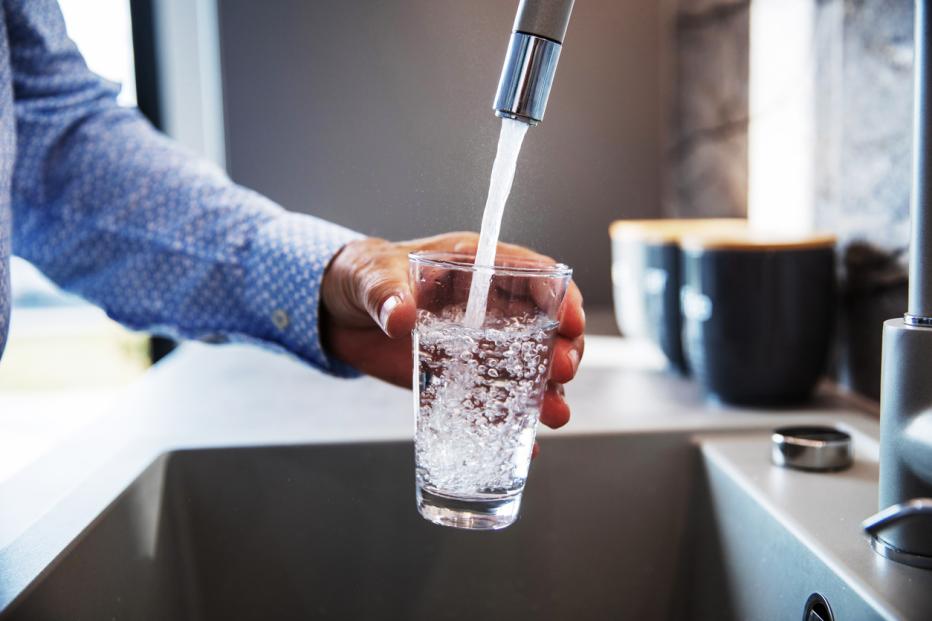
On June 10, 2021, The U.S. Environmental Protection Agency (EPA) extended the effective date of the Lead and Copper Rule Revisions (LCRR) to December 16, 2021, and the compliance date to October 16, 2024. This essentially provides drinking water systems and Primacy Agencies (States) with three full years under the Safe Drinking Water Act to take necessary actions for regulatory compliance.
The LCRR requires public water systems to develop an initial inventory of all lead service lines in their distribution system by the October 16, 2024, compliance date. In addition to developing a lead service line inventory, it includes the following revisions:
- Updated tap water sampling locations and modified sample collection procedures.
- Development of sampling plans for schools and childcare facilities.
- New requirements for full- and partial-lead service line replacement plans.
- Additional planning, monitoring, and corrosion control treatment requirements based on a new trigger level of 10 µg/L (micrograms per liter) - below the 15 µg/L action level.
- Stricter public education and communication requirements.
In addition, the EPA is planning to finalize and promulgate the Lead and Copper Rule Improvements (LCRI) ahead of the LCRR’s compliance date. The LCRI will focus on four areas:
- Replacement of all lead service lines as quickly as is feasible.
- Opportunities to strengthen tap sampling requirements.
- Options to reduce the complexity and confusion associated with the action level and trigger level, with a focus on reducing health risks in more communities.
- Prioritization of historically underserved communities, particularly regarding the prioritization of lead service line replacements.
The big question on everyone’s mind remains: “Who is going to be paying for all of this?” Fortunately, EPA has allocated $3 billion per year over 5 years in Bipartisan Infrastructure Law funding to states, tribes and territories to remove lead service lines. This 2022 allocation is the first of five allotments that will provide a total of $15 billion in dedicated funding for activities associated with the identification, planning, design and replacement of lead service lines. In addition to the dedicated investment in lead service lines, the Law provides an additional $11.7 billion in general funding through the Drinking Water State Revolving Fund, which can also be utilized for lead removal projects.
On March 8, 2022, the EPA issued a comprehensive Memorandum to states on the Implementation of the Clean Water and Drinking Water State Revolving Fund Provisions of the Bipartisan Infrastructure Law. Jacobs has produced a new guidance document which summarizes this 50+ page implementation memo and you can access it here1.
For more than 30 years, Jacobs has been responsible for planning and implementing LCRR-related strategies which protect millions of people in the U.S. and Canada. Please reach out to our team of specialists if you have any questions. More information on the LCRR can be accessed in a guidance document here2. We’re committed to helping you with the next steps towards regulatory compliance and protecting public health from exposure to lead in drinking water.
About the authors

Lauren Wasserstrom is the National Practice Leader for Lead and Copper Rule Compliance with over 10 years of experience in the water industry, focusing on drinking water quality, treatment and distribution/premise plumbing system challenges, including corrosion control, regulatory compliance, treatment process selection and optimization, and water quality monitoring.

Tugba Akgun is the Northeast Practice Leader for Lead and Copper Rule Compliance with 10 years of demonstrated experience in developing and managing capital planning and special projects for wastewater systems and water systems for a diverse client portfolio. She is responsible for the development of comprehensive lead and copper rule compliance programs in the Northeast region.
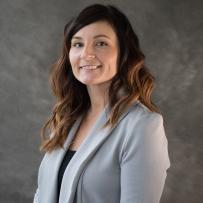
Jennifer Liggett is the Global Technology Leader for Drinking Water Quality based in Denver, Colorado. Jennifer has over 14 years of research and consulting experience with distribution system water quality topics such as regulatory compliance, corrosion control studies, and nitrification and legionella prevention plans. She is a SME in LCRR.

Dr. Russell Ford’s career has concentrated on improving drinking water quality and providing a positive impact on public health around the globe. As our Global Drinking Water & Reuse Solutions Director, Russell leads our drinking water business from both a technical and leadership perspective, able to bring the best resources to deliver critical client solutions.
You might be interested in...
-
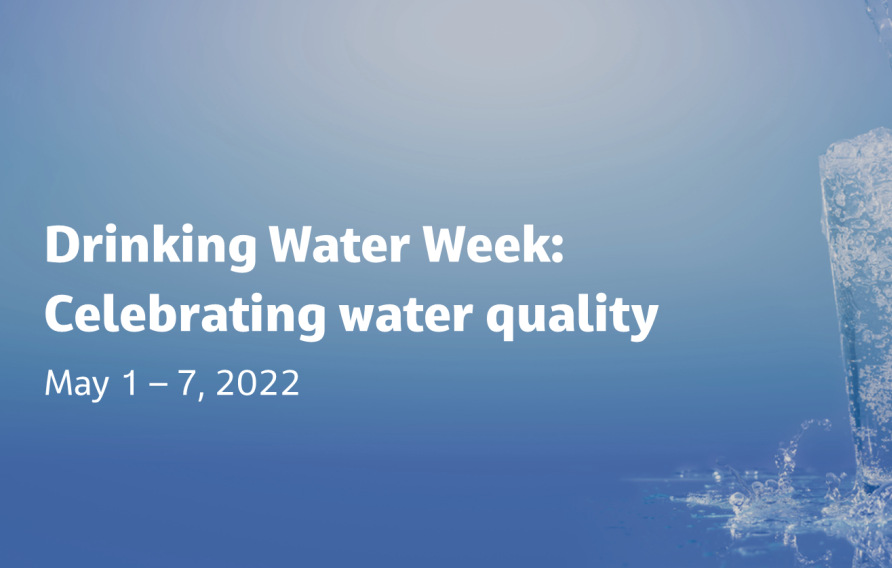 News
NewsDrinking Water Week: Celebrating Water Quality
Jacobs celebrates our water sector clients whose mandate to deliver high-quality drinking water faces new and complex challenges, from emerging contaminants to cybersecurity.
-
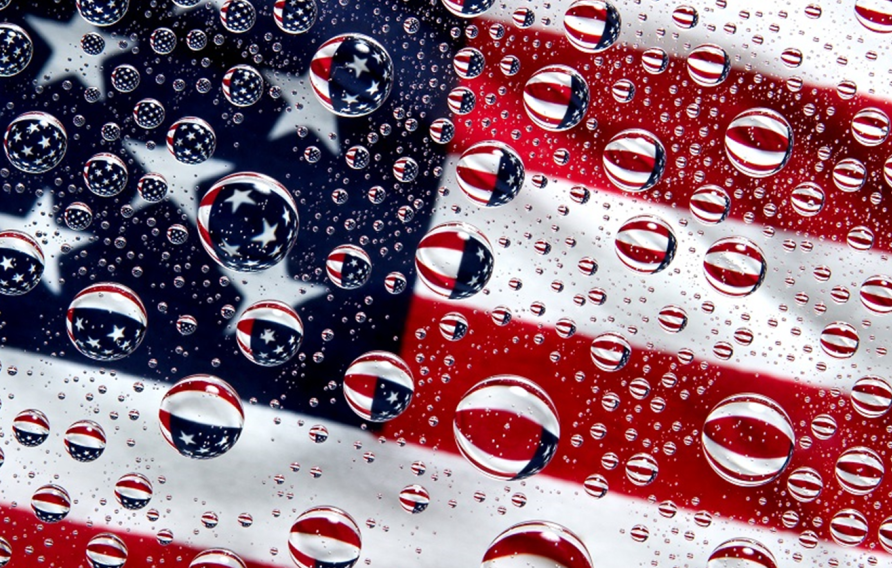 News
NewsUS Infrastructure Investment and Jobs Act Impacts for Drinking Water Systems
In this article, Jacobs Global Technology Leader for Drinking Water Quality Jennifer Liggett, Global Drinking Water & Reuse Solutions Director Russell Ford, and Financial Services Consulting Team Lead Mike Matichich, summarize the recent H.R. 3684 Infrastructure Investment and Jobs Act legislation, including what the investments and opportunities are for the water sector and how funding may be accessed.
-
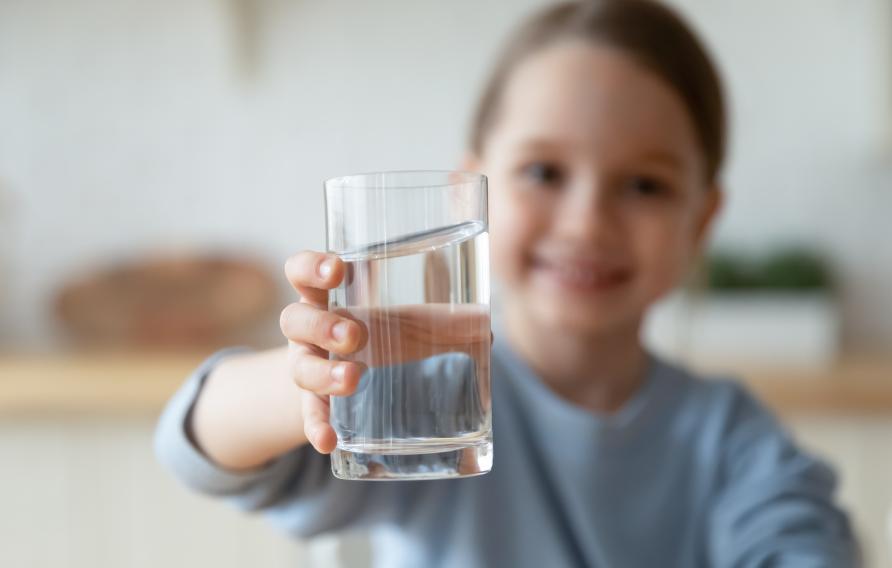 Page
PageOneWater
Solving the world’s most complex water management challenges requires that we recognize how water connects us and affects us all. It requires different thinking — a OneWater approach — and that’s where we come in.












































